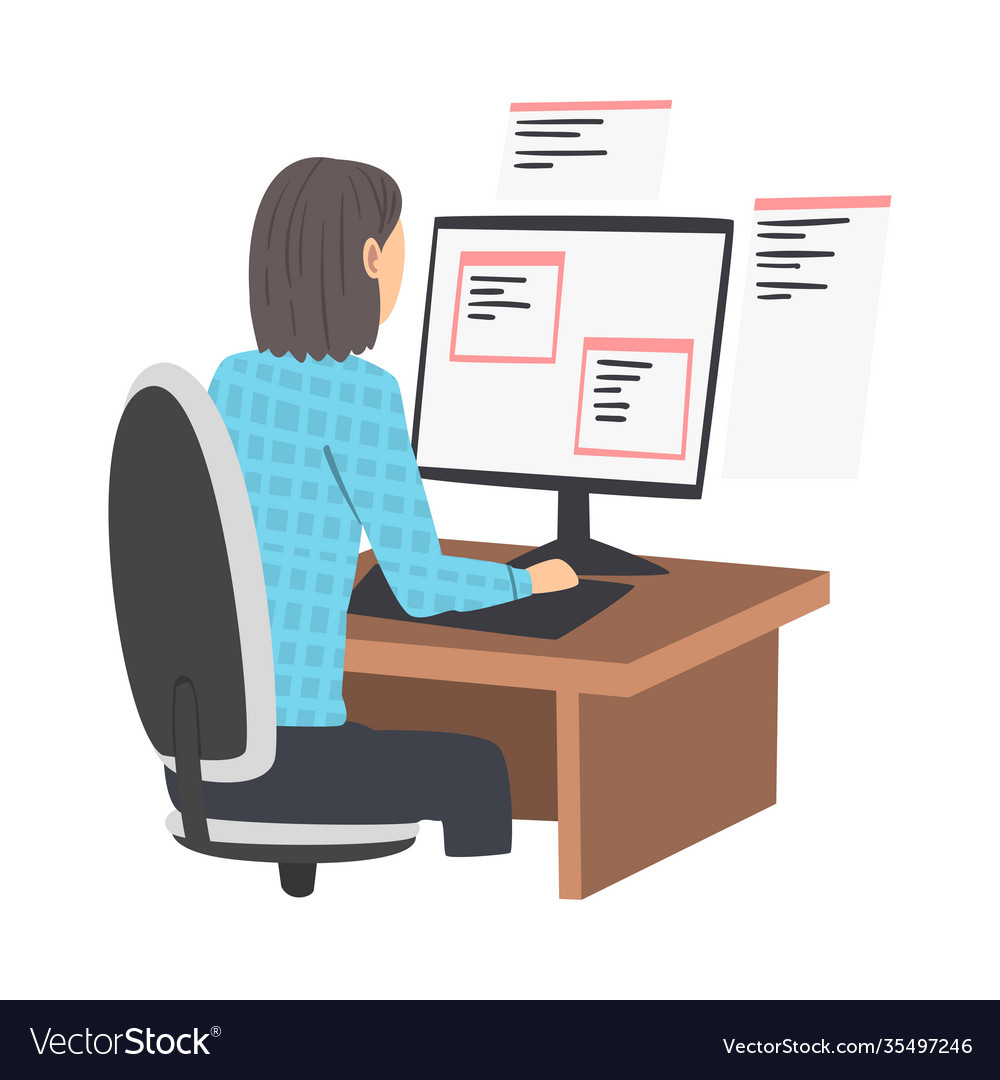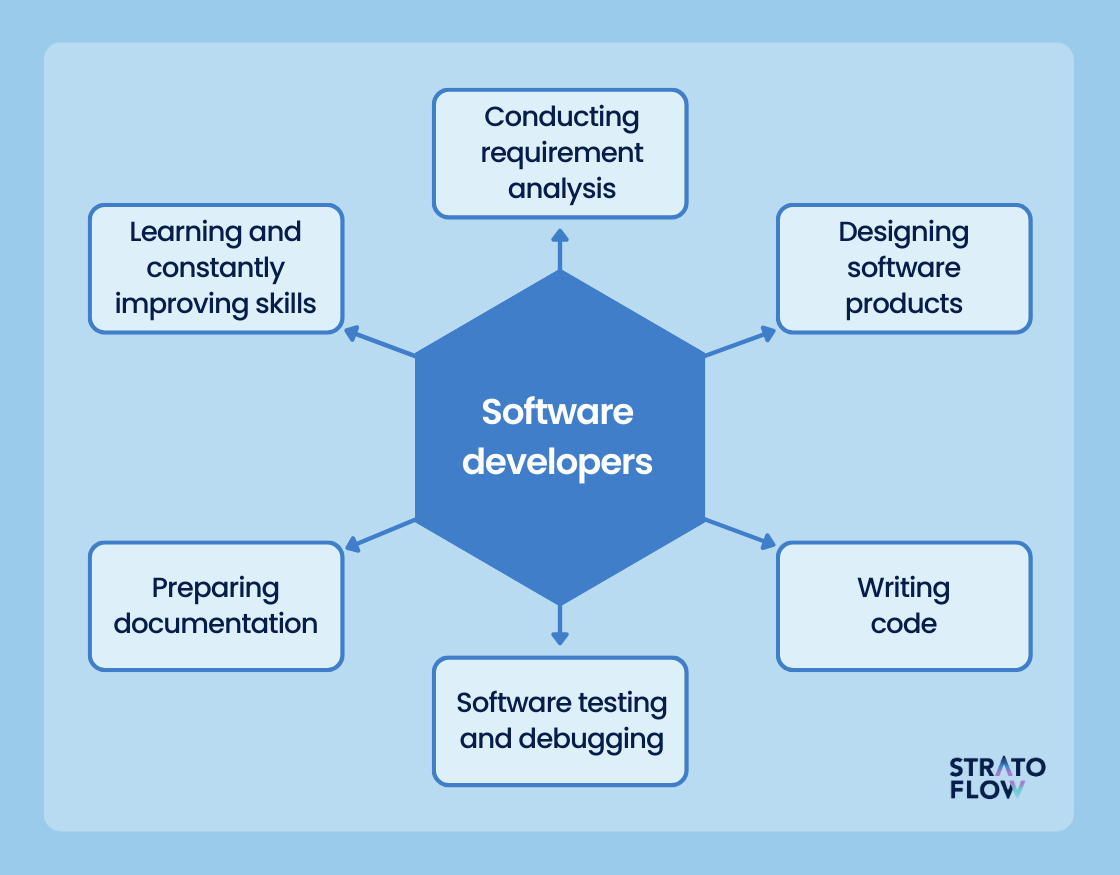Committed Developers vs. In-House Teams: Which Is Right for You?
The choice between using devoted programmers and keeping an in-house team is a substantial one that can influence the trajectory of your tasks and total company technique. On the other hand, internal groups contribute to a natural business culture and a nuanced understanding of lasting objectives.
Understanding Committed Programmers
The expanding need for specialized abilities in the technology sector has actually led to the appearance of devoted programmers as a feasible service for many organizations. These professionals are normally contracted on a project basis, allowing firms to utilize specific experience without the long-term dedication connected with permanent hires. Devoted programmers are typically ingrained within a client's group, providing adaptability and scalability to fulfill task needs.
This version enables companies to access a global talent swimming pool, which is particularly useful in a swiftly developing technical landscape. Devoted designers can be sourced from numerous geographical places, making certain that companies can discover the best capability at affordable prices. They often bring a wealth of experience and knowledge, having worked with diverse tasks throughout various sectors.
In addition, specialized developers can focus specifically on the jobs available, boosting efficiency and efficiency. They are outfitted to incorporate effortlessly into existing workflows, working together carefully with in-house groups to achieve job goals. This technique not just reduces the burden of employment and training but also allows organizations to continue to be active, adapting swiftly to changing market needs and technological improvements.
Benefits of In-House Teams

Moreover, in-house groups have a tendency to have a much deeper understanding of the company's objective, values, and objectives. This placement can enhance employee engagement and motivation, as employee feel much more connected to their work and the company's success. Additionally, having a committed internal group enables far better alignment of approaches and goals, as these members are constantly focused on the firm's concerns.
In-house teams additionally facilitate quicker decision-making procedures, as they can react extra swiftly to challenges and modifications. The established relationships and experience with company methods permit structured workflows and lowered miscommunication. Inevitably, the mix of a natural society, positioning with organizational objectives, and efficient interaction makes in-house groups a useful asset for lots of companies, particularly those aiming to cultivate lasting growth and advancement.
Expense Considerations
When examining expense factors to consider, both committed developers and internal teams present distinctive monetary ramifications for organizations. Engaging devoted programmers normally entails a pay-per-project or hourly price design, which can be affordable for services with fluctuating job needs. This method permits adaptability in scaling resources up or down, making certain that business just pay for the solutions they require.
In contrast, in-house groups entail taken care of costs, including incomes, advantages, and overhead expenditures such as office and tools. While this design provides better control and immediate availability of sources, it may lead to higher long-term expenditures, especially if the workload does not justify a permanent team.
In addition, firms must consider the covert costs connected with recruitment and training of in-house workers, which can additionally strain budget plans. In some situations, the time and resources invested in taking care of an in-house group can detract from the company's core company goals.

Task Administration and Adaptability
Task monitoring and adaptability are crucial elements that affect the option in between devoted developers and in-house teams. Committed developers generally use a high level of adaptability, permitting organizations to scale sources up or down based upon job needs. This agility can be particularly beneficial for businesses experiencing changing workloads or those seeking to introduce swiftly. Devoted teams frequently have developed procedures for managing tasks properly, leveraging details methodologies like Agile or Scrum, which assist in repetitive development and adaptability.

Eventually, the selection between specialized developers and in-house teams rests on the desired level of flexibility and the specific job monitoring needs. Firms have to examine their functional dynamics, task complexity, and source schedule to identify which option straightens finest with their calculated purposes.
Making the Right Option
Picking the best advancement method-- devoted designers or in-house teams-- calls for a mindful assessment of various variables that straighten with a business's critical goals. software development partner. Initially, take into consideration the nature of the project. If it requires specialized skills or a quick scale-up, committed programmers may be better. Alternatively, internal teams can offer better connection and combination with existing employees.
Following, examine your Going Here spending plan. Dedicated designers frequently offer an affordable service for short-term projects, while internal teams might sustain greater lasting costs because of salaries, advantages, and expenses expenses. Assess the level of control and partnership wanted; in-house teams normally foster more powerful communication and placement with business society.
In addition, consider the moment framework. If instant outcomes are essential, specialized programmers can be onboarded rapidly, whereas building an in-house group requires time for employment and training. Consider the lasting vision of your company. Investing in an in-house team may generate better returns over time if continuous development is important. Ultimately, the decision depends upon a thorough analysis of these variables, guaranteeing positioning with your firm's general objectives and functional demands.
Verdict
Finally, the choice in between internal teams and devoted designers depends upon task requirements and organizational goals. Devoted designers give versatility and customized proficiency, making them suitable for short-term initiatives. Conversely, in-house groups cultivate a natural culture and deeper placement with long-term goals. Careful evaluation of budget plan restraints, task view it now timelines, and wanted control levels is vital for figuring out the most ideal technique, ensuring alignment with critical top priorities and functional performance.
The decision in between utilizing dedicated developers and maintaining an internal team is a considerable one that can affect the trajectory of your projects and total company method.Job administration and versatility are vital elements that influence the option in between devoted programmers and in-house teams. software engineering staffing.In contrast, internal teams may stand out in preserving a regular task management structure due to their experience with the organization's society and long-lasting objectives. Devoted designers usually offer a cost-effective remedy for temporary tasks, while in-house groups might incur higher long-lasting expenditures due to incomes, advantages, and expenses prices.In conclusion, the decision between devoted designers and in-house groups hinges on job needs browse this site and business purposes